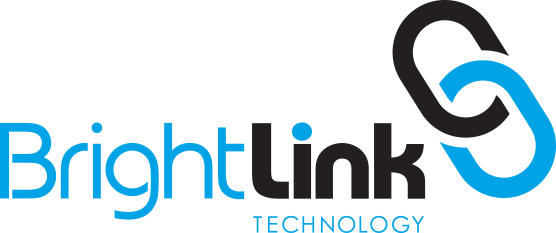Year after year, a growing number of people are working remote for their employers. In general, this is a positive trend for both businesses and employees. For employees juggling work and family, a flexible remote work policy lets them take care of sick kids or make soccer games. For employers, happy employees tend to stay longer, and remote workers tend to have less overhead costs.
According to Nationwide’s 2019 Business Owner Survey, 83% of small businesses let employees work from home at least part of the time. For business owners under 35, that number rises to 95%.
What Risks Come with Remote Work?
Remote employees, although generally more affordable to employ, may cause more harm than good when it comes to cybersecurity. Risk is increased even more when employees use their own personal laptops and smartphones to access company networks. This BYOD introduces multiple endpoints per user that aren’t under the control of your IT infrastructure team.
To help mitigate risk, some companies try to enforce stringent remote worker policies. However, only half of these businesses have reviewed their remote work policies. Failing to maintain stringent cybersecurity parameters for remote workers opens these companies up to malware attacks.
The Nationwide survey reports that just 4% of companies have adopted the cybersecurity best practices documented by the U.S. Small Business Administration. Since employees present the biggest threat to cybersecurity, it’s important to adopt and maintain stringent guidelines.
Data breaches and viruses often start with phishing, social engineering and other attacks aimed at getting employees to open links to malware. The latest trends include mobile devices used by remote workers, according to research by Norton. Spyware, ransomware and viruses used to lay in wait on your desktop or laptop. Now, remote workers need to protect their mobile devices too.
To put this trend into perspective, the number of malware variations for mobile devices rose 54% , according to Symantec’s Internet Security Threat Report 2018. Malware could be found in seemingly innocent places. In 2017 (the latest data available), 27% of malicious apps could be found in lifestyle categories. Music and audio, with 20 accounted for another 20%.
Cybersecurity Best Practices
Employees and emails are a leading source of data breaches. Small businesses should adopt best practices that center around employee training to help prevent cyberattacks. According to the U.S. Small Business Association, here are the top training topics that can help you achieve this:
- Avoid suspicious downloads
- Spot phishing emails
- Practice browsing hygiene
- Add additional protection around customer and vendor data
- Create strong passwords and consider multifactor authentication
Raise Cybersecurity Awareness
Here’s how small businesses can raise awareness.
- Antivirus Software – Ensure that all business devices have antivirus and anti-spyware tools that are kept up to date. Remote employees also need to download these tools on any device they use to connect to company data. A number of reputable vendors offer this service. To build consistency across the enterprise, choosing tools that your IT leadership recommends. It’s important to keep software versions updated with the latest security and performance patches. It’s not always possible to configure installations updates to run automatically. Therefore, remote workers bear the onus of remembering to update the software on their personal devices to meet company security policies.
- Secure Company Networks – Remote workers should use a firewall as well as encryption to protect their internet connections from prying eyes. Using secure and hidden networks helps prevent digital eavesdroppers from taking advantage of leaky public Wi-Fi networks to steal credentials and use them to get into your company’s network. Password-protected routers and setting your wireless network to hidden also reduce the risk of cyberattacks infiltrating your network via remote workers.
- Strengthen Passwords – Strong passwords that are hard to guess help employees on a personal and professional level. A strong password has the following characteristics:
- 10+ characters
- At least one uppercase and one one lowercase letter
- A minimum of one number and one special character
- Multifactor Authentication – From science fiction to fact, biometrics are now a part of your digital security options. You can use a fingerprint or eye scan to get into your devices and keep thieves out. Hardware keys and fobs, and external codes sent to your phone are additional examples of multifactor authentication.
- Posters – The Department of Homeland Security has “Stop.Think.Connect” posters and materials that can be distributed to help employees remain alert.
Remote workers can work more confidently from the coffee shop or kitchen table knowing that they aren’t putting their company’s information at risk.
Cybersecurity and Network Services in Jacksonville, FL
BrightLink Technology focuses on cybersecurity and provides clients with cutting edge technology that protects your networks without taking freedom away from your company’s remote workers. Contact us today to learn how to help employees secure their remote devices from succumbing to malware attacks. Contact BrightLink Technology today for details on how to minimize risk with remote workers.


